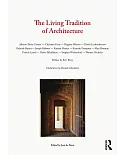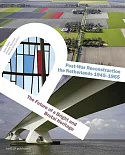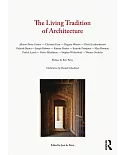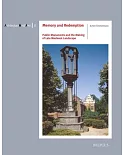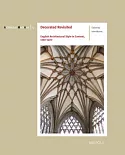During the nineteenth century, the Keweenaw Peninsula of Northern Michigan was the site of America’s first mineral land rush as companies hastened to profit from the region’s vast copper
deposits. In order to lure workers to such a remote location—and work long hours in dangerous conditions—companies offered not just competitive wages but also helped provide the very
infrastructure of town life in the form of affordable housing, schools, health-care facilities, and churches.The first working-class history of domestic life in Copper Country company
towns during the boom years of 1890 to 1918, Alison K. Hoagland’s Mine Towns investigates how the architecture of a company town revealed the paternal relationship that existed between
company managers and workers—a relationship that both parties turned to their own advantage. The story of Joseph and Antonia Putrich, immigrants from Croatia, punctuates and illustrates the
realities of life in a booming company town. While company managers provided housing as a way to develop and control a stable workforce, workers often rejected this domestic ideal and used
homes as an economic resource, taking in boarders to help generate further income.Focusing on how the exchange between company managers and a largely immigrant workforce took the form of
negotiation rather than a top-down system, Hoagland examines surviving buildings and uses Copper Country’s built environment to map this remarkable connection between a company and its
workers at the height of Michigan’s largest land rush.




